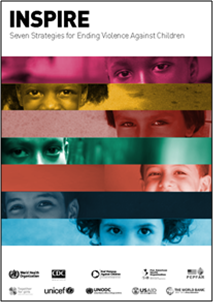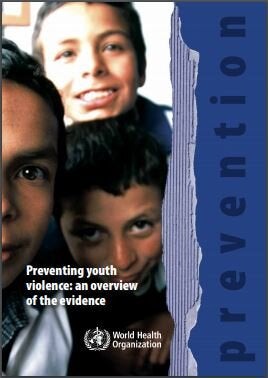Youth violence is the intentional use of force or power to threaten or harm others physically, emotionally or sexually by young people aged 10-24 years.
Preventing youth violence requires a comprehensive approach that addresses the social determinants of violence, such as social and gender inequality, rapid demographic and social change, and low levels of social protection and social inclusion.
Key facts
- Youth violence costs the lives of hundreds of young people in the Region in the Americas. Homicides are a leading cause of death for youth, particularly young men and boys aged 15 to 24 years old in the Americas.
- For every murder, there are many other young people who sustain injuries. Data suggests that at least 20–40 young people are admitted to a hospital with serious violence-related injuries inflicted during assault and robbery.
- Others live with the consequences of violence for the rest of their lives. Exposure to violence may result in mental health problems or lead young people to adopt high-risk behaviors such as smoking, alcohol and drug abuse, and unsafe sex.
- The social and economic costs of youth violence are much higher and often lifelong – including educational underachievement, increased risk of unemployment and poverty. Youth violence can intersect with gang membership and organized crime.
- Youth violence is preventable. Evidence shows that there are several best buys for preventing violence from happening and for mitigating its consequences, so that all children and youth can enjoy the highest standard of health and well-being
- Critical to reducing the immediate consequences of youth violence are improvements in health services. When health services have the capacity to respond adequately, they can help to interrupt the retaliatory nature of youth violence and refer youth to support services.
PAHO Response
Key priorities include:
- Raising awareness of the need for action to reduce violence in the Region of the Americas
- Identifying, synthesizing and disseminating evidence on what works to reduce violence
- Providing technical guidance and support to countries to develop evidence-based prevention and response capacity
- Strengthening partnerships across sectors and stakeholders for coordinated and comprehensive violence prevention and response efforts
















